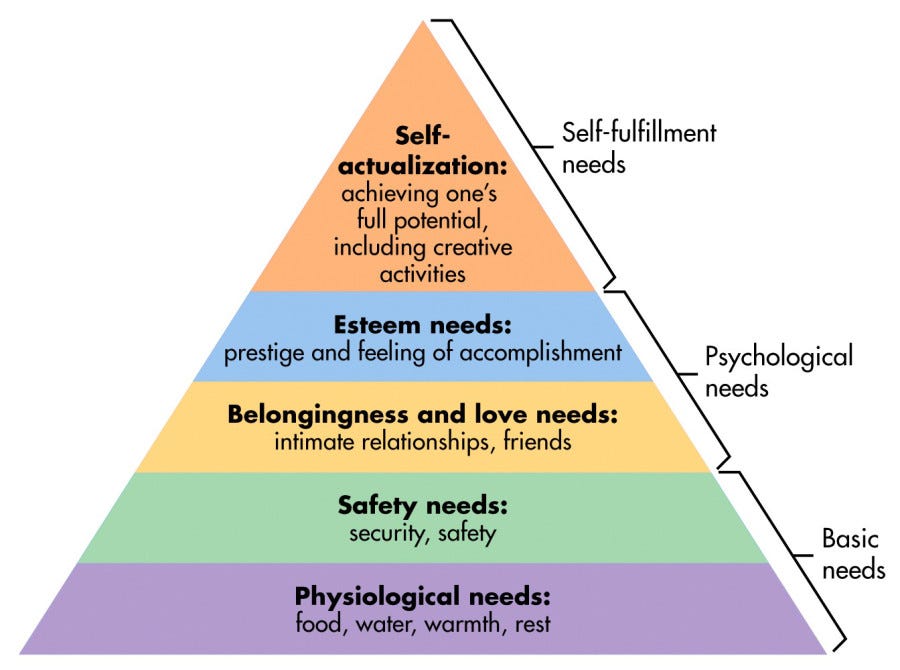
Revolutionizing Learning Spaces: A Dive into Child-Centered Classroom Design
In the realm of education, the design of learning spaces plays a pivotal role in shaping the overall learning experience. Traditional classrooms often follow a one-size-fits-all model, but a paradigm shift is underway towards child-centered classroom design. This innovative approach recognizes the unique needs of each student and creates an environment that fosters creativity, engagement, and optimal learning. Let’s explore the key principles and benefits of child-centered classroom design.
Understanding Child-Centered Classroom Design
Child-centered classroom design is rooted in the belief that the physical environment significantly impacts a child’s learning journey. Unlike traditional setups, these classrooms prioritize flexibility and adaptability, aiming to cater to the diverse learning styles and preferences of students. The design is intentional, with the goal of creating a space that encourages exploration, collaboration, and independent thinking.
Flexible and Adaptable Spaces
One hallmark of child-centered classroom design is the emphasis on flexible and adaptable spaces. The traditional desk-and-chair setup is replaced with versatile furniture that can be easily rearranged to accommodate various activities and group sizes. This flexibility encourages students to take ownership of their learning environment, fostering a sense of agency and autonomy.
Incorporating Multi-Sensory Elements
Child-centered classrooms go beyond the visual and auditory aspects of learning. They integrate multi-sensory elements to engage students on a deeper level. Incorporating tactile materials, interactive displays, and comfortable seating options stimulates different senses, making the learning experience more immersive and memorable.
Promoting Collaboration and Social Interaction
Collaboration is a key skill in the 21st century, and child-centered classroom design reflects this by promoting collaborative spaces. The layout encourages group activities, discussions, and peer-to-peer learning. Students learn not only from the teacher but also from their classmates, fostering a sense of community and shared responsibility for learning.
Technology Integration for Enhanced Learning
Child-centered classrooms leverage technology as a tool for enhanced learning rather than a mere supplement. Interactive whiteboards, tablets, and other digital resources are seamlessly integrated into the learning environment. This not only keeps students engaged but also prepares them for a technology-driven world, aligning with the demands of modern education.
Creating Zones for Different Activities
To cater to diverse learning needs, child-centered classroom design incorporates designated zones for various activities. There may be a reading nook for quiet individual reading, collaborative tables for group projects, and hands-on learning areas. These zones allow students to choose spaces that align with their preferred learning style at any given moment.
Implementing Child-Centered Classroom Design at www.igaseng.com
For a deeper understanding of Child-Centered Classroom Design and its practical implementation, visit www.igaseng.com. This comprehensive resource provides insights, tips, and examples to guide educators in transforming their classrooms into dynamic, student-focused spaces.
Measuring the Impact: Benefits of Child-Centered Design
The benefits of child-centered classroom design extend beyond the aesthetics of the space. Research indicates that such environments contribute to increased student engagement, improved academic performance, and enhanced social and emotional development. By prioritizing the individual needs of students, educators can create a positive and empowering learning atmosphere.
Empowering Students Through Choice
One of the fundamental principles of child-centered design is providing students with choices. Whether it’s choosing where to sit, selecting activities, or deciding on collaborative partners, offering choices empowers students to take an active role in their education. This sense of ownership not only boosts motivation but also instills a love for learning.
Conclusion: A Paradigm Shift in Education
As education continues to evolve, child-centered classroom design stands at the forefront of a paradigm shift. By reimagining learning spaces to cater to the unique needs of each student, educators pave the way for a more engaging, inclusive, and effective educational experience. The impact of these thoughtfully designed classrooms extends far beyond the physical space, shaping the way students perceive and interact with the learning process.


